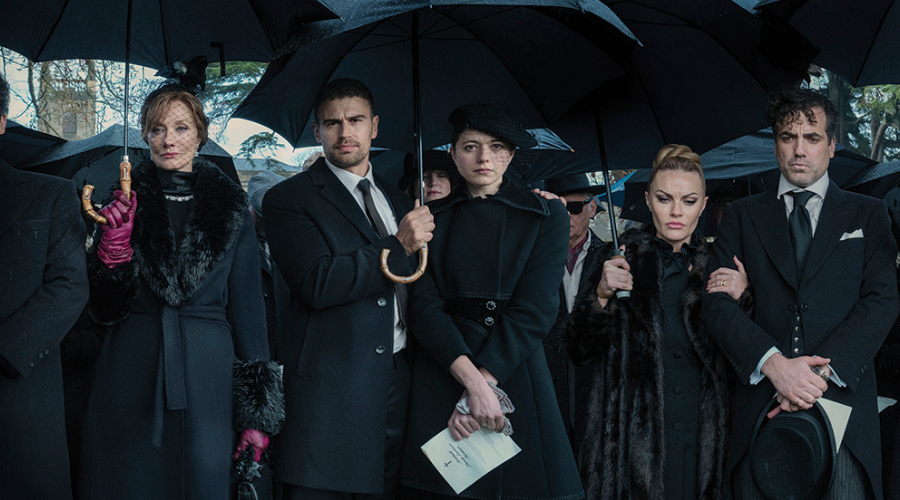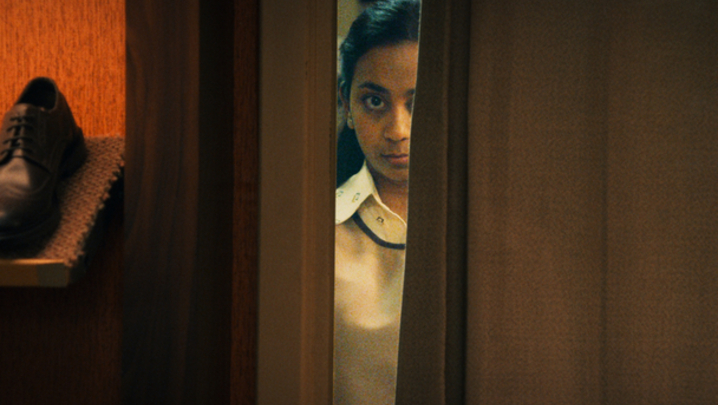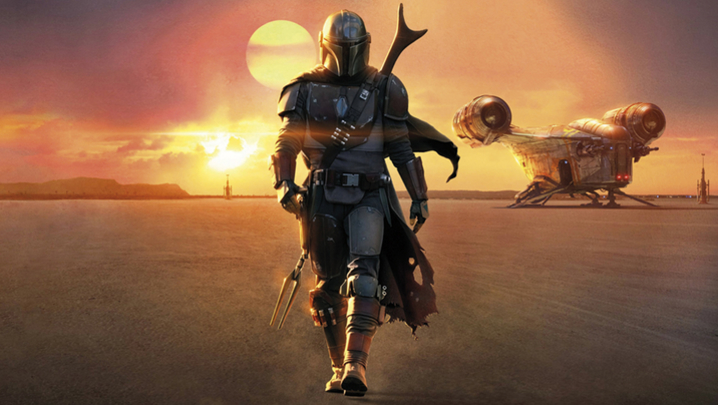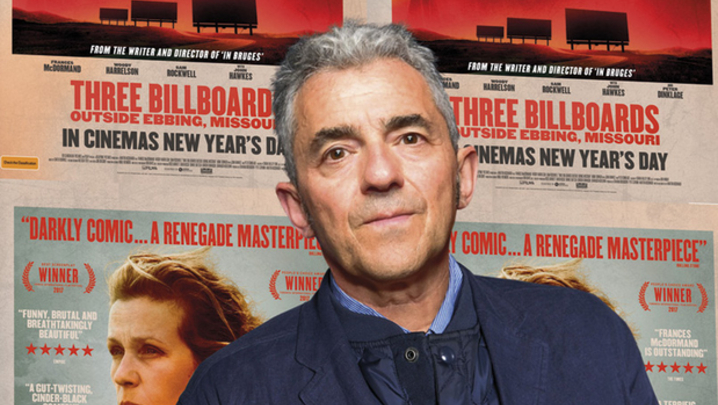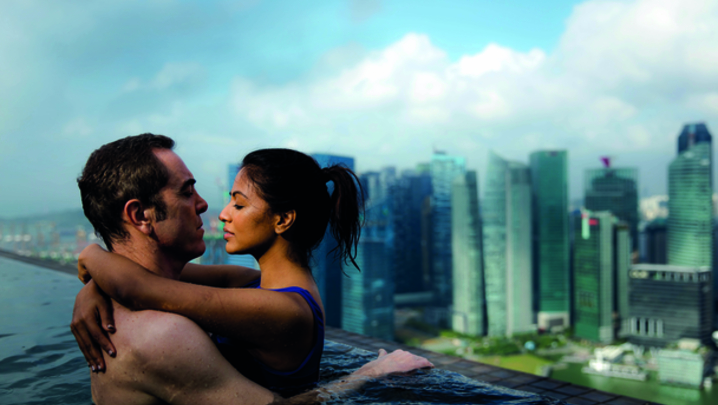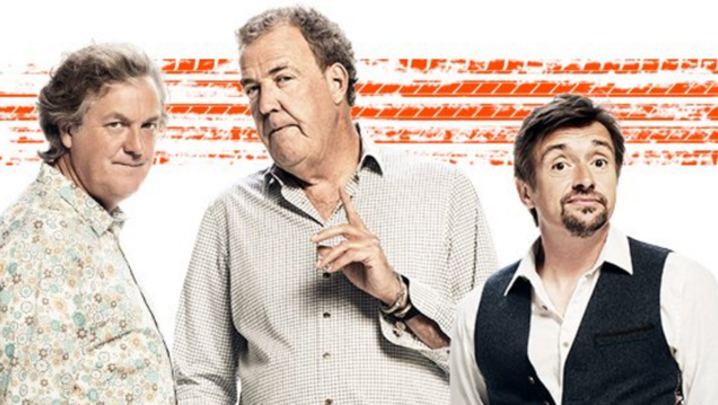Shilpa Ganatra hears what it was like working with Guy Ritchie on Netflix’s new aristo-meets-geezer crime drama The Gentlemen.
Guy Ritchie’s debut film, Lock, Stock and Two Smoking Barrels, was a huge commercial hit, a British cockney geezer take on Tarantino that, for good or bad, set the template for laddish Brit movies.
The director is now returning to the world of gangsters but this time for the small screen, reimagining his 2019 movie, the crime action comedy The Gentlemen, for Netflix.
With an all-star cast, including Theo James, Kaya Scodelario and Ray Winstone, the crime caper is set in a world where drug barons run secret marijuana farms from the private estates of aristocrats. Much like Fargo, another movie-to-TV adaptation, Netflix’s eight-parter features a new set of characters who inhabit the same world as the original feature film.
Will Gould, co-founder of producer Moonage Pictures, explains: “Guy might yet continue the movie. He’s always talked about a sequel. But for the TV show, he wanted it to feel like its own thing.”
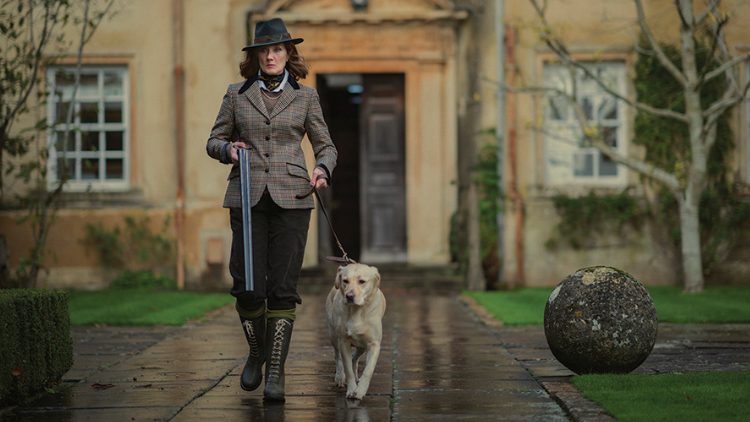
Executive producer and co-writer Matthew Read adds: “A stately home with a marijuana factory underneath felt like such a clear image; [it has] so much story potential. It instantly felt like the story had the legs to sustain a long-form drama.”
The series focuses on Halstead Manor, the country pile inherited by Eddie Horniman (Theo James) following the death of his father – much to the chagrin of elder, wayward brother Freddy (Daniel Ings). Avoiding spoilers, suffice to say that what starts off as a hesitant relationship with the onsite drug gang led by Susie Glass (Kaya Scodelario) turns into an entangled one after Freddy brazenly sets off an irreversible chain of events.
For Moonage, the challenge lay in using Netflix’s “good-sized TV budget” to recreate Ritchie’s signature cinematic style for television.
The director was only partly involved with Channel 4’s spin-off of Lock, Stock and Two Smoking Barrels back in 2000. His role was limited due to his commitment to his next movie, Snatch. Arguably, the creative vision suffered as a result. The Guardian’s reviewer wrote: “Films are cash cows waiting to be milked dry… this attempt is udder crap.”
This time, lessons have been learnt. Ritchie has co-written The Gentlemen and directed the first two scene-setting episodes, and his fingerprints are all over the rest.
Gould says: “He was really involved in the casting, locations, costumes and edit in a way that really helped the show. He ensured the whole show has his stamp on it – not just his style, but also his preoccupations. He made sure the story was going in the right way and, throughout, had the right emphasis.”
As a result, while the characters – who also include groundkeeper Geoff Seacombe (Vinnie Jones) – are new, the TV show continues the film’s theme of putting the English class system under scrutiny.
"Ritchie’s pace [during filming] created an energy like lightning in a bottle"
TV shows such as Downton Abbey and, more recently, Boarders tend to highlight the differences between the upper and lower classes. But in The Gentlemen, Ritchie emphasises their similarities, especially in their moral codes and motivations.
Says Daniel Ings: “You could even argue that the aristocracy are the original mafia – they hoard their wealth and there’s a closed-off, secretive nature to the exclusive club they belong to.”
Viewers are treated to a range of accents, from Liverpudlian to cockney, right up the social scale to the clipped vowels of the aristocracy. Locations range from council estates and car parks to grand historic manors, such as Badminton House in Gloucestershire, the home of the Duke and Duchess of Beaufort, used as the setting for the fictional Halstead Manor.
Scodelario recalls: “It was awesome, I think we visited every rich old person’s house in England. I kept thinking it was like the ultimate National Trust pass. Our interiors were all shot in a disused Currys warehouse, which wasn’t as glamorous. Customers kept walking on to the set looking for a TV, thinking it was still a Currys. That keeps you humble.”
When it came to creating the story arc, Gould says, “Guy has so many ideas about this world that, as soon as we started talking about broadening out the world of the movie, the river flowed very fast. It became a process of paddling in that river and soaking up Guy’s ideas that didn’t make it into the original film, and finding a new space in which to put them.”
For Matthew Read, scripting the series alongside Ritchie was genuinely collaborative. “Guy and I used to talk a lot, and then I’d go away and write lots of things down, and then come back and read some out to him, and then we’d continue talking,” he says. “It was that process again and again until, finally, we started putting scenes down. Then we’d read scenes out and then we’d change those.”
During filming, scenes changed on the day as Ritchie perfected the pace. This was challenging for the cast and crew, “but it also creates an energy that is like lightning in a bottle”, says Gould.
Ings recalls: “The script often went out the window. It threw me more on the days when it didn’t change. Guy really operates on mood and tone and atmosphere: ‘This scene needs some humour here, or some darkness here.’
“As an actor, it’s amazing because you get to give yourself over to it, and trust that he’s the master of this world.”
"Guy is a very classic director. He doesn’t use a lot of toys, it’s not about being tricksy"
While the first two parts were carefully crafted with Ritchie at the helm, The Gentlemen then moves into more conventional episodic TV territory. Cinematographer Ed Wild, who shot the first block with Ritchie, created a lookbook. “I can’t tell you what’s in it because otherwise everyone would be able to make a Guy Ritchie show,” says Gould. “But what you realise is that Guy is a very classic director. He doesn’t use a lot of toys, it’s not about being tricksy. It’s about great film-making, about the choice of lenses, where you put the camera, how you tell the story visually.”
Though the tone and style appear uniform on screen, when it came to the shoot, the change in directorial style and speed between the blocks “was quite jarring”, says Scodelario. “But it was good to see the difference, and work with Guy. When we had a little bit more time, we could discuss the elements, and we could feel how the scene was working – until we realised that we were on a TV shoot and needed to get our days done.”
The series makes the most of Ritchie’s energetic filming style, which should make it stand out in today’s crowded drama market. “It showcases a specific form of Britishness, which works for not just a British audience, but a global audience, as well. And the humour that’s in all of Guy’s work elevates it from a normal crime drama,” insists Read.
Provided audiences respond positively, a second series could be on the cards. Says Gould: “It does have a resolution of sorts, but if people enjoy it there’s always a way for more.”
The Gentlemen airs on Netflix from Thursday 7 March.

